The Fourth of July Texas flood tragedy has become America's deadliest rainfall flood in almost 50 years and ranks among the nation's biggest rainfall flood killers since the mid-20th century.
At least 138 were killed in the Texas Hill Country when up to 20 inches of rain fell over parts of Kerr County, sending a 26-foot flood wave down the Guadalupe River in the early morning hours of July 4, 2025.
The majority of the fatalities happened in Kerr County, but flood deaths were also reported in five other central Texas counties. Homes, vehicles, camps and trees were swept away as the Guadalupe River topped its previous record 1932 flood crest in the town of Hunt.
(MORE: How You Can Help | How It Happened)
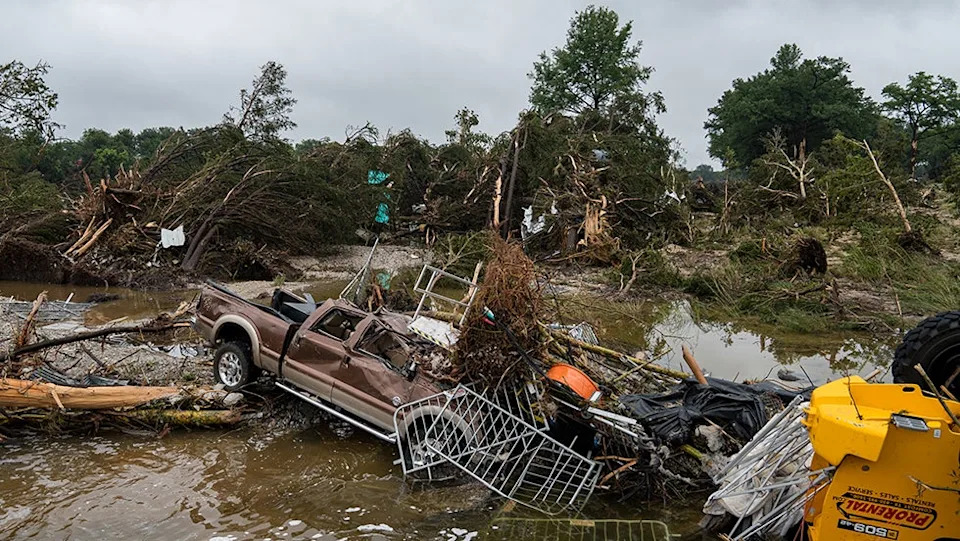
Deadliest Since 1976
By a flash flood, we refer to a flood that occurs quickly, on the order of minutes or hours, with rapid rises in streams, creeks, rivers, or urban areas due to torrential rain over a smaller area.
The last flash flood to claim more lives in the U.S. was the Big Thompson Canyon, Colorado, flood on July 31, 1976. That's when up to a foot of rain in just a few hours sent an almost 20-foot flood wave down a narrow canyon west of Loveland that evening. 144 were killed, another 250 injured, and more than 800 required evacuation by helicopter the next morning.
(MORE: Flooding Is America's #2 Weather Killer)
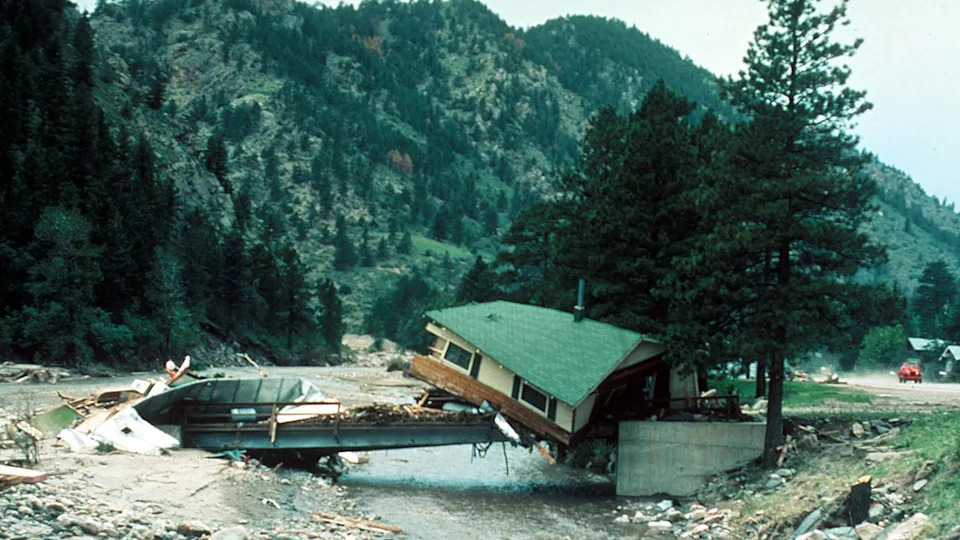
Topped Helene's Toll
The Texas flash flood happened less than nine months after Hurricane Helene's historic inland flooding in the Southeast.
Helene's inland flooding, including landslides and debris flows, claimed 95 lives in North Carolina, Tennessee and South Carolina.
Helene's overall death toll of 250 - including not just rainfall flood deaths, but also those from damaging winds, tornadoes, storm surge, and aftermath - was the most for any mainland U.S. tropical cyclone since Katrina in 2005.
(FULL RECAP: Hurricane Helene's Shocking Final Report)
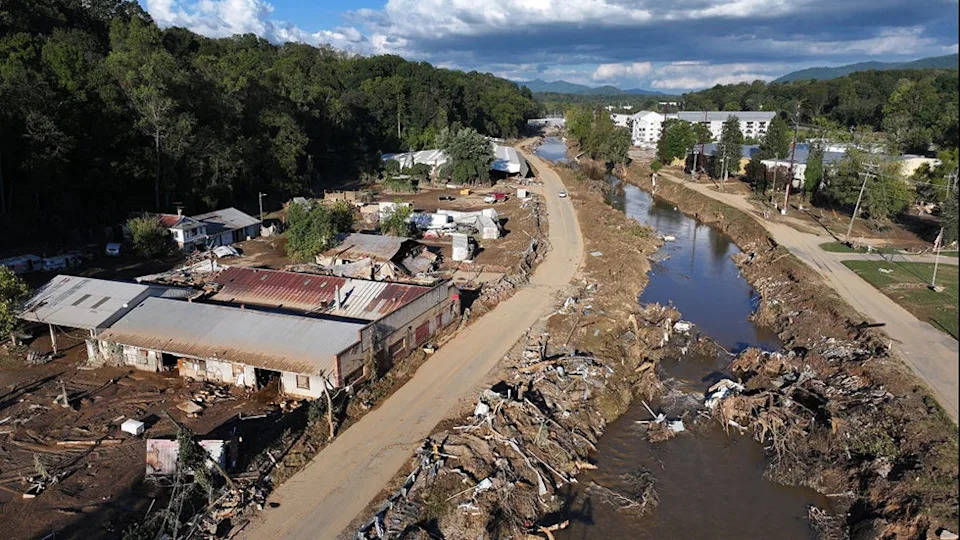
Where It Ranks
Since the mid-20th century, the deadliest U.S. flash flood was a June 9, 1972, flood wave that swept through Rapid City and Keystone, South Dakota, after up to 15 inches of rain soaked the nearby Black Hills. From 236-238 were killed, 3,000 injured and 1,335 homes were destroyed.
Other than the Texas flood, there have been five rainfall flood events that have each claimed at least 100 lives in the U.S. in the late 20th century, according to NOAA records and an in-depth piece in Yale Climate Connections by Jeff Masters, Christopher Burt and Bob Henson:
1. Black Hills, South Dakota (1972): 236-238 killed
2. Virginia from remnant of Hurricane Camille (1969): 153 killed
3. Big Thompson Canyon, Colorado (1976): 144 killed
4. Guadalupe River, Texas, from Tropical Storm Barry remnant (2025): 138-141 killed
5. Buffalo Creek, West Virginia (1972): 126 killed
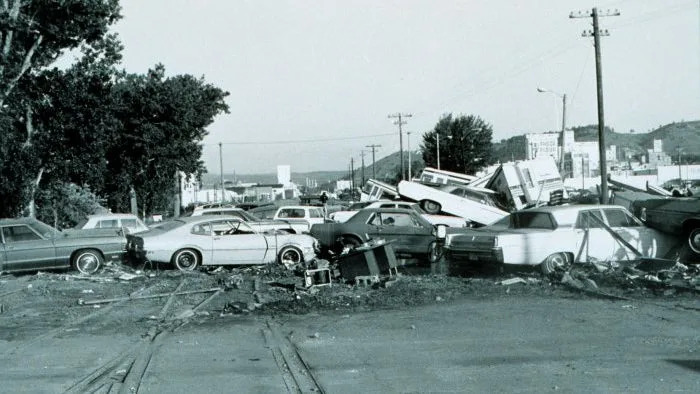
Deadly Rainfall Flash Floods Prior To 1950
By far the deadliest rainfall flash flood in U.S. history happened in Johnstown, Pennsylvania, when the collapse of the South Fork Dam after torrential rain on May 31, 1889, sent an almost 40-foot-high flood wave through the valley, claiming at least 2,209 lives.
Other deadly flash floods in the late 19th or early 20th century included a mid-June 1903 flood that wiped out Heppner, Oregon (at least 247 killed), a May 1874 dam collapse which wiped out four western Massachusetts towns along the Mill River (at least 138 killed), and the Republican River floods which claimed at least 159 lives in Colorado, Kansas and Nebraska in 1935.
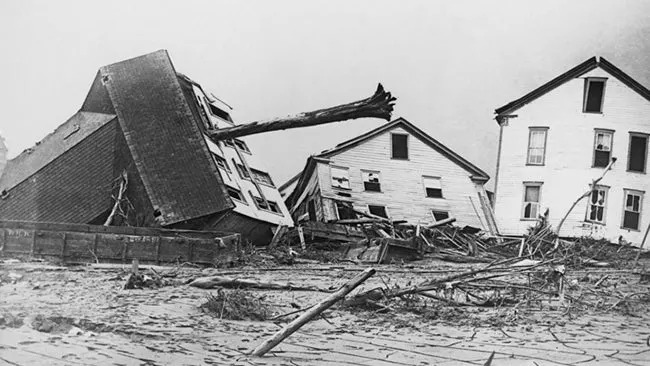
(Editor's note: This was updated on July 29 after a comprehensive examination of deadliest U.S. flash floods was published by Yale Climate Connections.)
Jonathan Erdman is a senior meteorologist at weather.com and has been covering national and international weather since 1996. Extreme and bizarre weather are his favorite topics. Reach out to him on Bluesky, X (formerly Twitter) and Facebook.
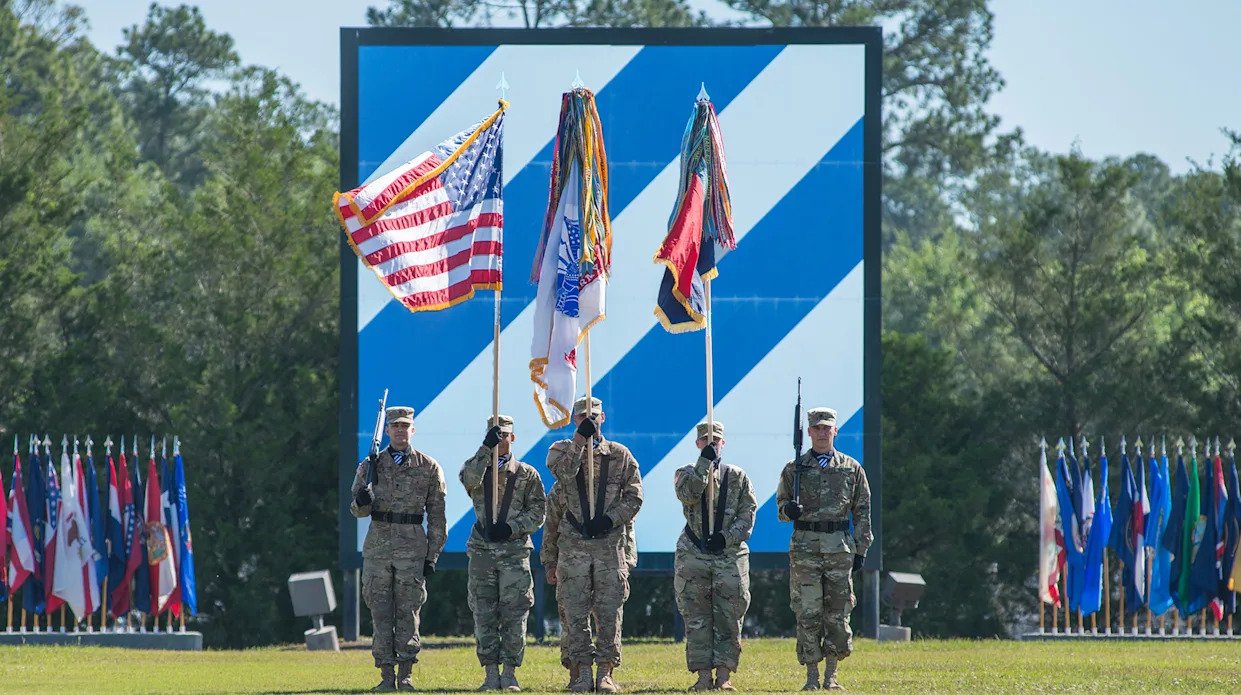

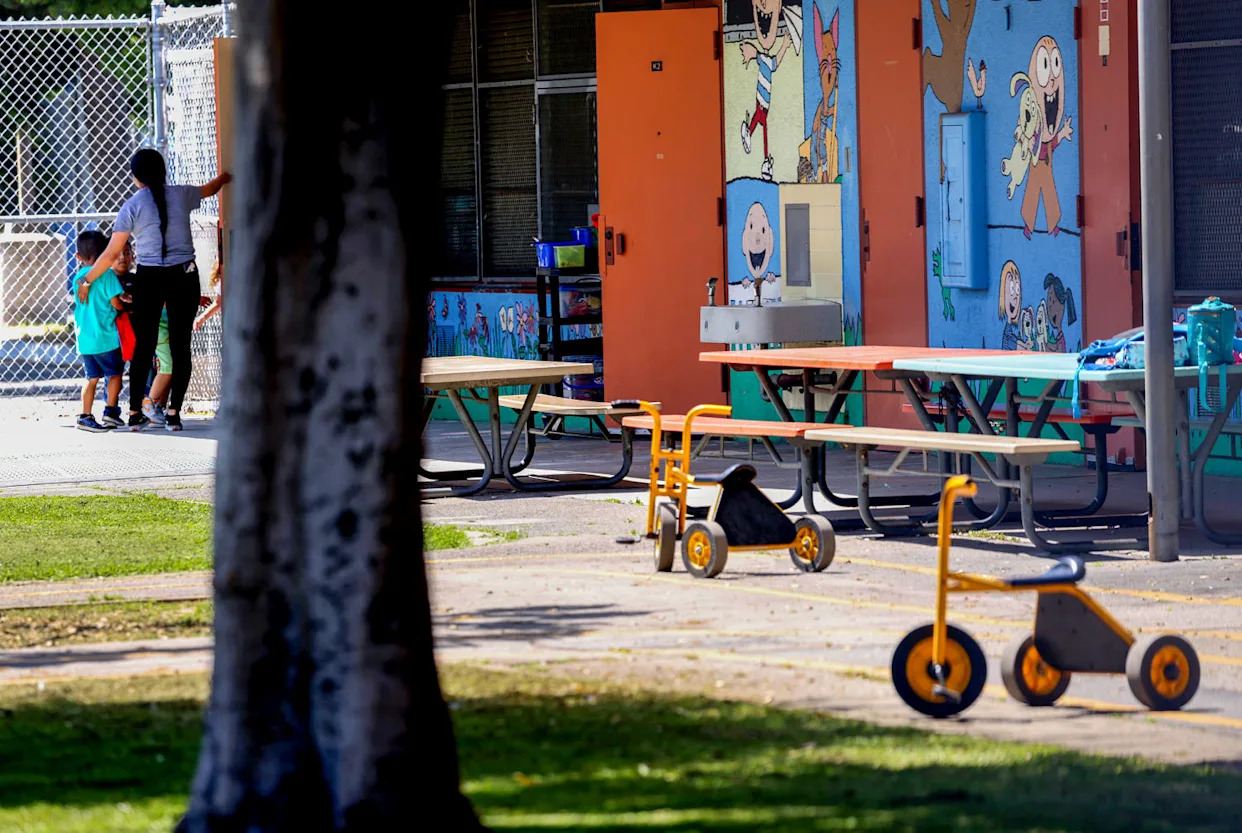


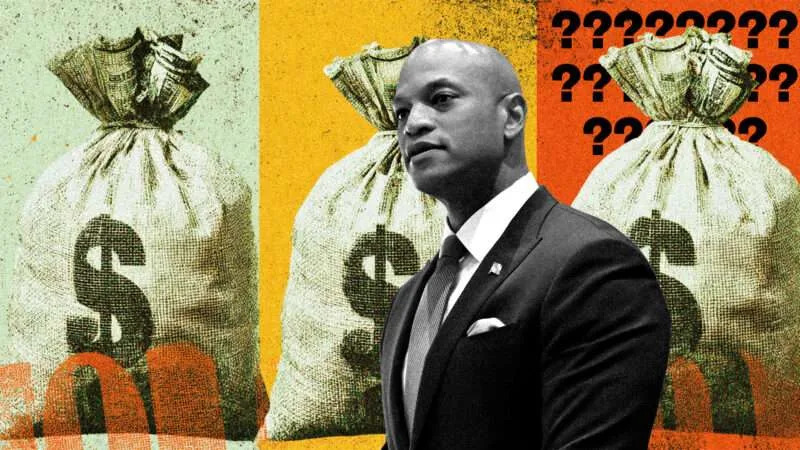

Comments